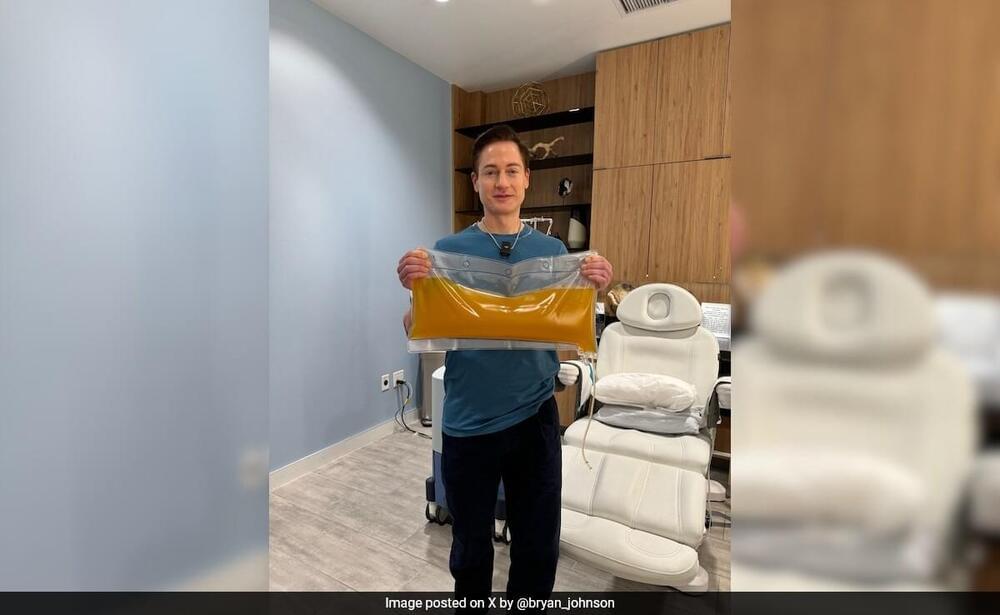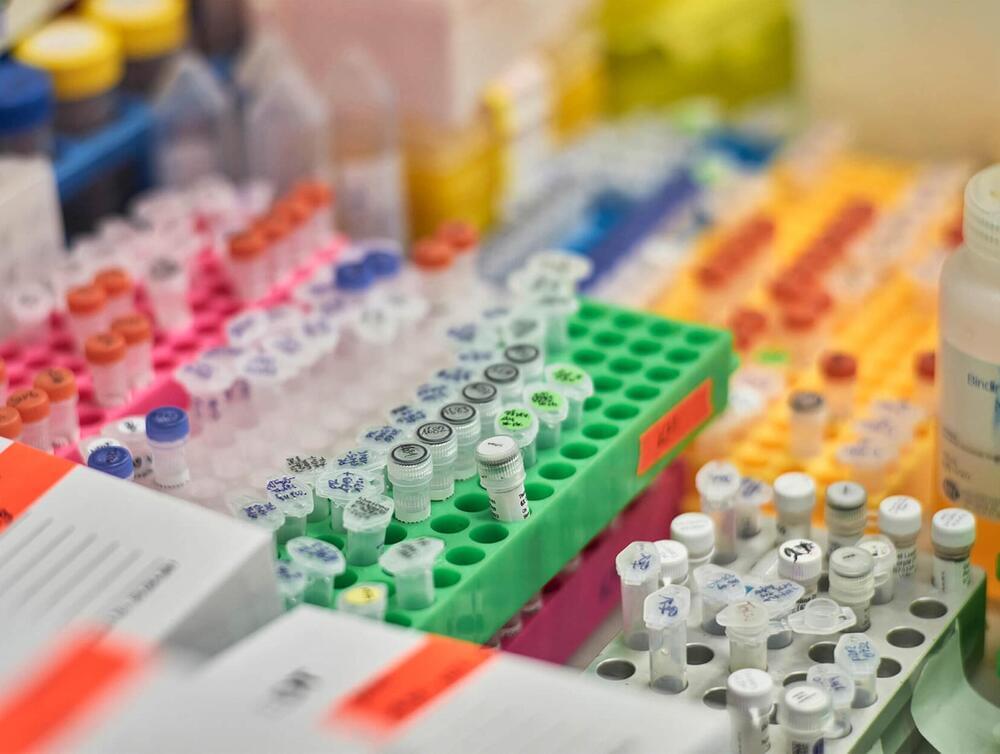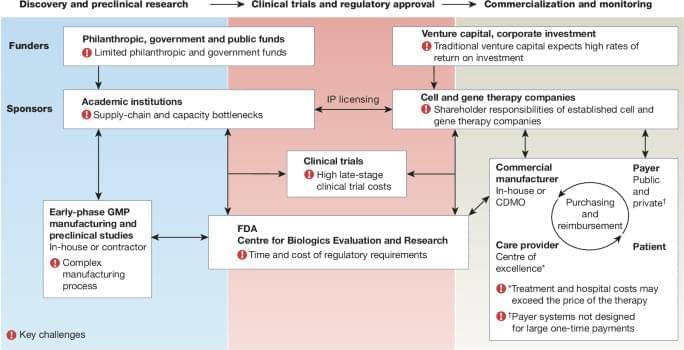Bryan Johnson, a millionaire tech entrepreneur dedicated to reversing ageing, recently took to social media to boast about his “super clean plasma.” In a detailed post on X, he shared that a lab technician couldn’t bring himself to dispose of the plasma after a total plasma exchange (TPE) procedure.
Johnson claims to have reduced his epigenetic age through his comprehensive regimen called Project Blueprint. He follows a strict diet and exercise routine, spends over $2 million annually on a team of doctors and medical equipment, and undergoes both experimental and conventional treatments-including the recent TPE procedure.
TPE, a procedure often used in regenerative medicine and anti-ageing treatments, involves replacing a patient’s plasma with donor plasma or a substitute fluid. In Johnson’s case, his plasma was replaced with albumin.







